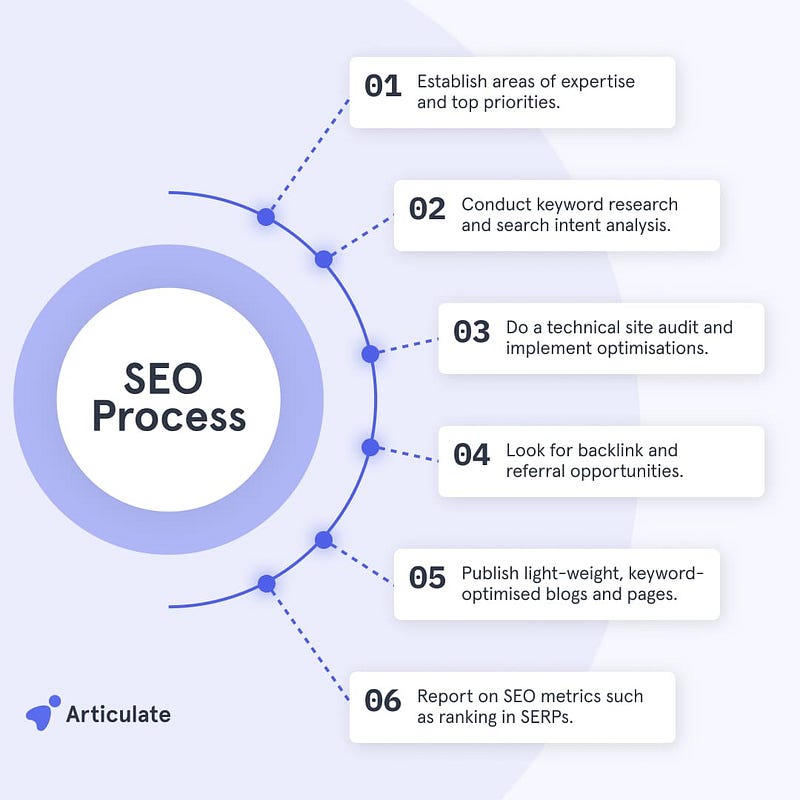In today’s digital landscape, creating SEO-based content is essential for driving more traffic to...
Why Accessibility in Web Design Matters More Than Ever in 2024
In today’s digital-first world, websites are more than just a business’s online presence; they are a vital link between organizations and their customers. With over a billion people worldwide living with some form of disability, accessible web design has become a crucial aspect of inclusivity and user experience. In 2024, accessibility is not just a trend but a necessity, ensuring that everyone, regardless of their abilities, can engage with digital content. This blog delves into the importance of accessibility in web design and why it matters more than ever.

1. What Is Accessibility in Web Design?
Web accessibility refers to designing websites in a way that people with disabilities can navigate, understand, and interact with them easily. This includes providing accommodations for individuals with visual, auditory, cognitive, and physical impairments. Key features of accessible web design include alternative text for images, captions for videos, keyboard navigation, and screen reader compatibility.
An accessible website is not just about compliance; it’s about creating an inclusive experience for all users. In 2024, accessibility has become a benchmark for quality user experience, as well as a legal obligation in many countries. By prioritizing accessibility, businesses can broaden their reach and provide equal opportunities for all users.
2. The Legal and Ethical Implications of Web Accessibility
In recent years, web accessibility has become not only an ethical consideration but also a legal requirement. Governments worldwide are increasingly enforcing accessibility regulations, such as the Americans with Disabilities Act (ADA) in the United States and the Web Content Accessibility Guidelines (WCAG) globally. Failing to comply with these standards can result in legal action, fines, and damage to a brand’s reputation.
Beyond legal obligations, accessibility is an ethical responsibility. By designing accessible websites, businesses show they value inclusivity and are committed to providing equal access to their content. This commitment enhances brand loyalty, as users with disabilities feel respected and supported.
3. How Accessibility Enhances User Experience (UX)
Accessible design is beneficial not only for people with disabilities but for all users. Accessibility features such as easy navigation, clear text, and intuitive interfaces improve the overall user experience. For instance, captions on videos can aid understanding for non-native speakers or individuals in noisy environments. Similarly, a well-structured website that supports keyboard navigation can also enhance the experience for power users who prefer not to use a mouse.
In 2024, user experience is a top priority, and accessibility is a key component. By incorporating accessibility into web design, businesses can create more efficient, user-friendly websites that cater to a broader audience.
4. Accessibility and SEO: A Symbiotic Relationship
Accessibility and search engine optimization (SEO) are closely linked. Many accessibility features, such as descriptive alt text and structured headers, align with SEO best practices. These features make content more discoverable and understandable by search engines, which can improve a website’s ranking.
In 2024, accessibility is essential for businesses looking to maximize their online presence. An accessible website not only provides a better experience for users with disabilities but also enhances search visibility, making it a win-win situation for businesses and their users alike.
5. The Future of Accessibility in Web Design
As technology advances, new tools and techniques are emerging to enhance web accessibility. Artificial intelligence (AI) is playing a significant role in developing solutions for real-time captioning, image recognition, and voice-enabled navigation. Additionally, automated testing tools are helping designers identify and fix accessibility issues more efficiently.
In 2024, accessibility will continue to evolve, with a focus on creating more immersive and adaptive experiences for all users. By staying updated with the latest trends and incorporating them into their designs, businesses can ensure they are meeting the needs of a diverse audience.
Conclusion
Accessibility is no longer a secondary consideration but a fundamental aspect of modern web design. By prioritizing accessibility, businesses can create inclusive digital experiences that benefit everyone. As we move further into 2024, accessibility will continue to shape the digital landscape, setting new standards for quality and user experience. Embrace accessibility in web design today, and make your website a welcoming space for all.


